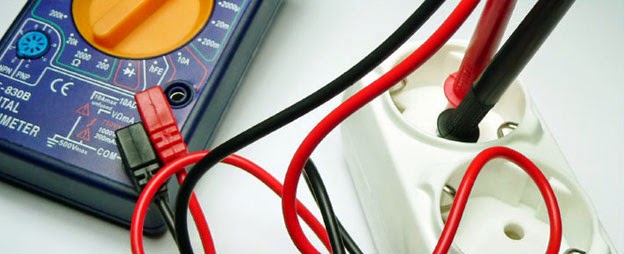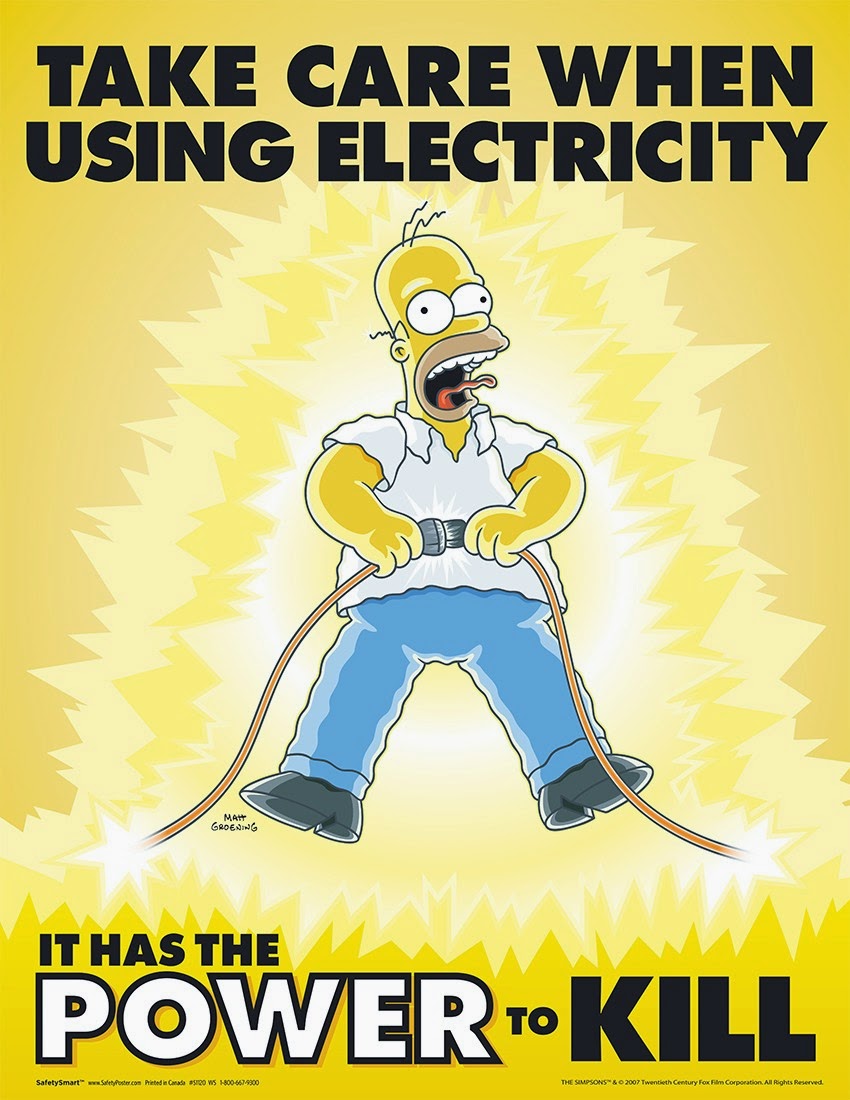There are many reasons why you should learn how your residential electricity circuit works, but the biggest reason of all is for the safety of your family. Knowing the technical specifications for every single aspect of a residential system may not be necessary, but knowing the basics will teach you how to keep your system properly maintained and in safe working order. Here are a few pointers to get you up and running in knowing how everything works.
Getting to know the breaker box/fuse box
One of the most important aspects of your residential electricity supply is the breaker box where the electricity comes into your home. This consumer unit is designed to bring the 240v of power regulated and feed your home’s circuit for you to use.
The breaker box is fitted with a number of automatic breakers which are designed to cut off power if a fault is detected along a particular circuit. In older houses, fuses are used in place of the breakers, which also have the same use. The consumer unit in your property splits the power coming into your home into separate circuits to feed different parts of your home.
Ring mains and circuit designs
These different circuits are called ring mains, and consist of a ring of cables that feed particular rooms, or individual devices. In a typical setup, a ground floor contains a wall power circuit, a lighting circuit, a heating circuit and a separate kitchen and individual appliance circuits. The upper floor will have a similar, separate lighting and wall power circuit with an additional circuit for a bathroom/s.
For safety reasons, each circuit should not exceed the load of 2,400 watts, so ensure that multiple extension and splitter sockets are not used on appliances with high draw current. You can calculate the maximum draw of each device to ensure that you are not in excess of this maximum limit.
Finding faults and testing the breakers
When a fault is found in any circuit, the breakers kick into action by cutting off power to that wall socket, light socket or appliance, as well as the other sockets in the same circuit. The distribution panel on the consumer unit will have to be reset to carry on using any appliance or device on that circuit.
Many residential electricians label each room or device on the breaker box to make it simpler to find which circuit has been tripped, but you can do this yourself in a matter of minutes. If you are in any doubt about your residential electrical system, call in a professional who will be able to explain your home system and how to use and maintain it.
Call a professional residential electrician
With a few home electrical basics under your belt, you will be able to fault find in no time at all. Ensure that you aren’t drawing too much power from each circuit, ensure that your breaker box is in good working order by tripping the test function on the consumer unit, and call in the professional residential electrician if you need to upgrade or fault find your system.


.png)





